Networking for Success
Networking for Success

Networking people, cultures, partners and systems enables sustainable solutions that create more value – together, complex tasks can be mastered that nobody can master alone.
Digital evolution
If you ask an IT specialist, a chemist, a sociologist or a neurologist what networking actually means, you’re likely to get different definitions. In interdisciplinary system theory, networking is generally understood as a system’s degree of connectivity – and a system as a whole composed of several individual parts. Networking also includes establishing or expanding connections between individual elements of a system. In networked systems, better decisions can be made on the basis of more comprehensive information. The best example of the efficiency of a networked, producing system is undoubtedly the human brain. It has an estimated 100 billion nerve cells that are closely connected by about 100 trillion synapses. In fact, the length of all nerve pathways in an adult brain is 5.8 million kilometers, 145 times the circumference of the earth. Just two of the impressive products of this super network: thoughts and ideas without which there would be no progress.
We’re more networked than we think
Social networking is becoming increasingly important, a fact reflected in the rising number and growth of various online networks that offer their members more information, inspiration or tips on career progression. Back in 1967, American psychologist Stanley Milgram introduced the idea of the small-world phenomenon. The experiment he conducted at Harvard University describes the extremely short networks created by personal relationships within the socially networked modern society. Accordingly, every person in the world is connected with every other person in the world via a surprisingly short chain of only up to six acquaintances (“six degrees of separation”). About 10 years ago, computer scientists Jure Leskovec and Eric Horvitz empirically confirmed this thesis on the basis of a network of instant messenger users (180 million nodes with 9.1 billion connections).

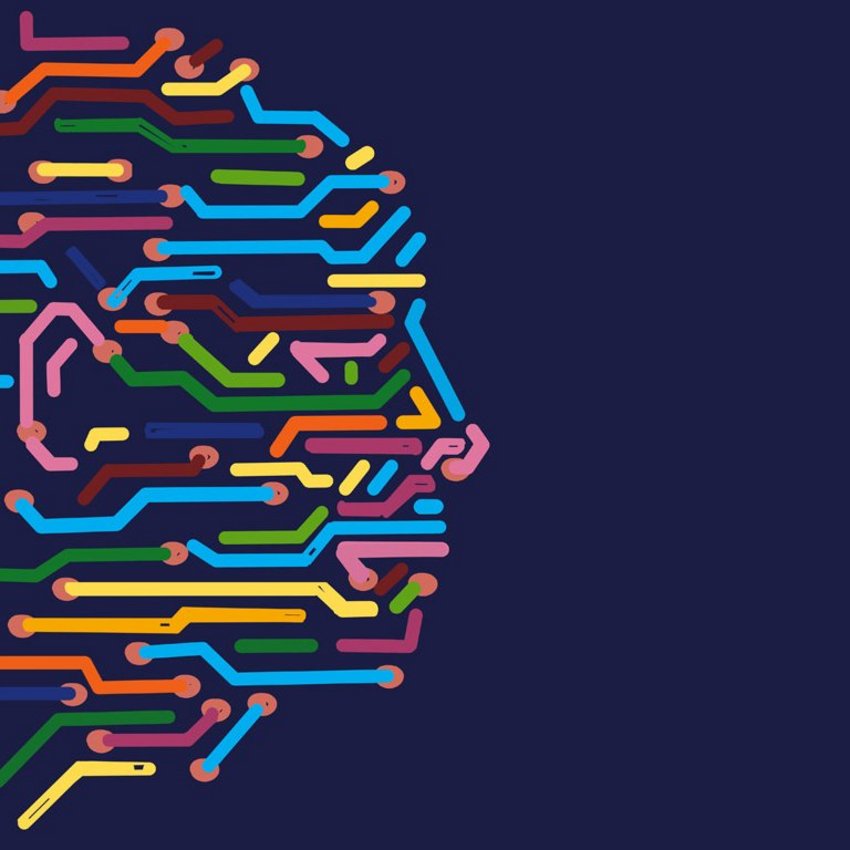
The wisdom of the many
Continental was one of the first companies to establish its own social network to improve internal networking: ConNext offers a range of options for transparent knowledge transfer – from informal discussion in forums, efficient project management and fast global communication to joint editing of digital documents. More than 117,000 employees actively participate every week in the dynamic exchange of knowhow and the development of knowledge databases. They are all connected to one another, including the members of the Management Board, who actively participate through their own blogs and posts or in direct dialog with employees. Ideas management at the company also relies on networking and the power of crowdsourcing (“joint procurement”). Crowdsourcing is also referred to as the “wisdom of the many.” With Contivation, a platform was introduced for this purpose that enables an early and comprehensive exchange of innovative product ideas. Communication beyond divisional and national borders allows good ideas to be turned into series-ready products and, ultimately, genuine innovations.
Seamlessly networked
The digitalization drives seamless exchange of information. Today, data is an elementary raw material – and the management and sharing of data give rise to new business models, ideas and added value. A real paradigm shift: Whereas in the past it was solely about using knowledge, today it’s about sharing knowledge in order to increase it – with suitable partners and new market participants who contribute other expertise. The complexity of the challenges of information management, low-consumption drives and future mobility results in the creation of the kind of networks among companies never before seen in the history of industry.
Data protection is not an optional extra
When it comes to networked mobility, data needs maximum protection. Is the driver informed about all data relating to their vehicle and interfaces to other areas of their life that is collected, processed or sent? What data would the driver want to share? And with whom? Today, for example, not even one in two car drivers would share their personal driving data with their insurance company – that’s according to the result of a recent representative study by the Infas Institute on behalf of Continental, in which people in Germany, the U.S.A., Japan and China respectively were interviewed.
As a prerequisite for data protection, car data traffic must be just as secure as modern online banking.
New industry standard for cybersecurity
The rapid implementation of the new industry standard for cybersecurity is essential for realizing data protection in cars. This is all the more relevant because, in the future, almost all new vehicles will be connected to the Internet. The publication of this new industry standard for cybersecurity, “ISO/SAE 21434 Road Vehicles – Cybersecurity Engineering,” is planned for November 2020. The new standard covers the entire life cycle of a vehicle, from development and production through to data-protection-compliant driving – all future software updates and the latest cybersecurity findings are taken into account.
Blockchain platform with Hewlett Packard Enterprise
Continental and Hewlett Packard Enterprise will launch a new vehicle data exchange platform in 2019 to enable new digital services for safe and convenient mobility – including advanced driver assistance systems with real-time traffic alerts and parking availability information. All participants – including drivers – retain full control over their data and can decide for themselves which data they want to pass on and which they do not. This is made possible by blockchain technology, which ensures the secure, transparent exchange of this data.
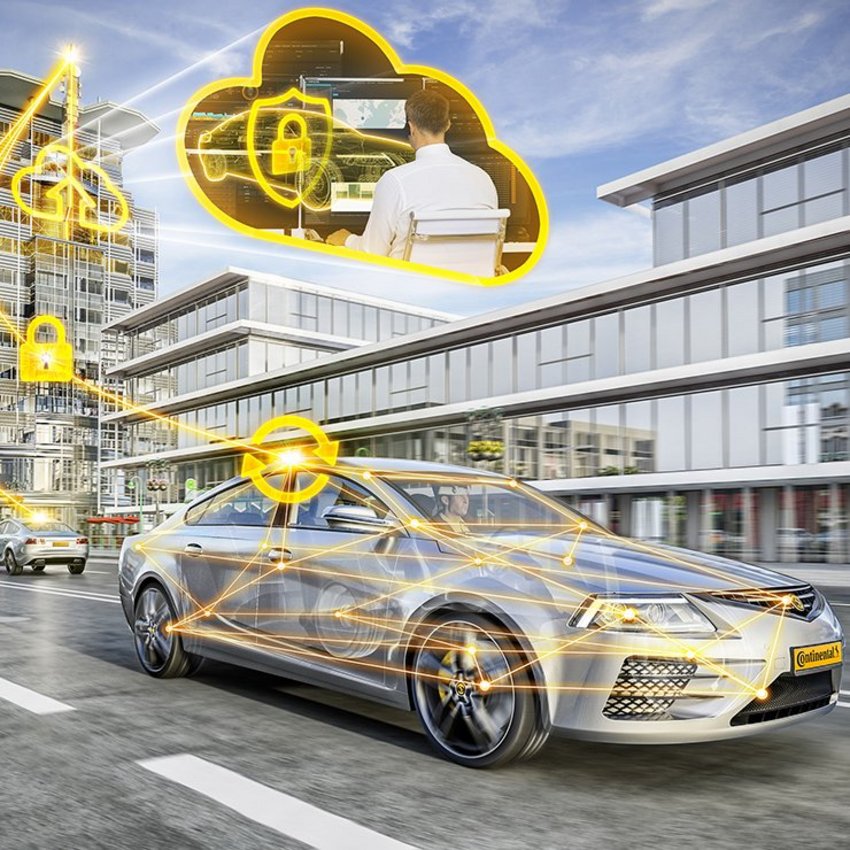
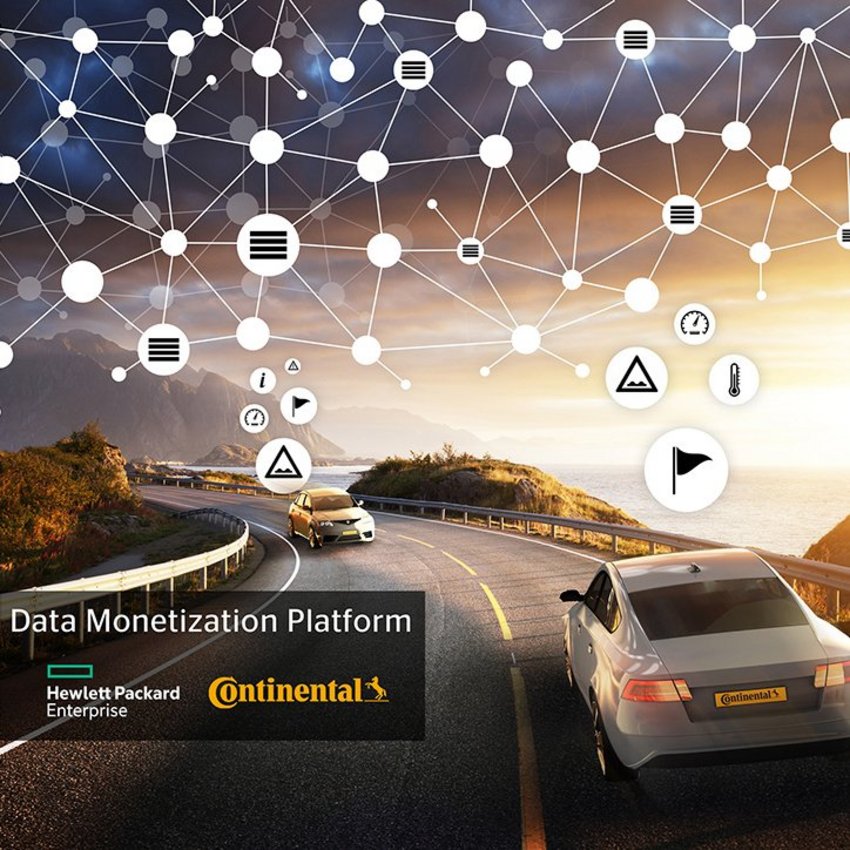
Blockchain pilot project with Siemens and Commerzbank
In a pilot project in January 2019, networked innovators Continental, Commerzbank and Siemens for the first time traded a money market security between companies using a legally binding blockchain technology. The transaction was worth €100,000 and had a term of three days. Continental acted as issuer of the money market paper and Siemens, acting as investor, tendered it, while Commerzbank provided the blockchain platform and acted as the service partner. One of the advantages of a blockchain transaction is the time saved. Documentation and money exchange now takes only minutes instead of days – in the medium to long term, blockchain technology could therefore also be used for regular financial transactions.
Digitalization is part of our everyday life
While the initial focus was on embedding smart devices, new online services and apps, preferences and individual presets are today already seamlessly transferred from mobile devices to the car. More convenient, efficient and secure: There’s no doubt that the boundaries between mobile and non-mobile living environments are increasingly blurring – and more networking means an enhanced digital quality of life, too. New data sources for the intelligent control of personal and commercial transport are being developed – be it the data of drivers on the road ahead, the surrounding infrastructure or mobile end devices.
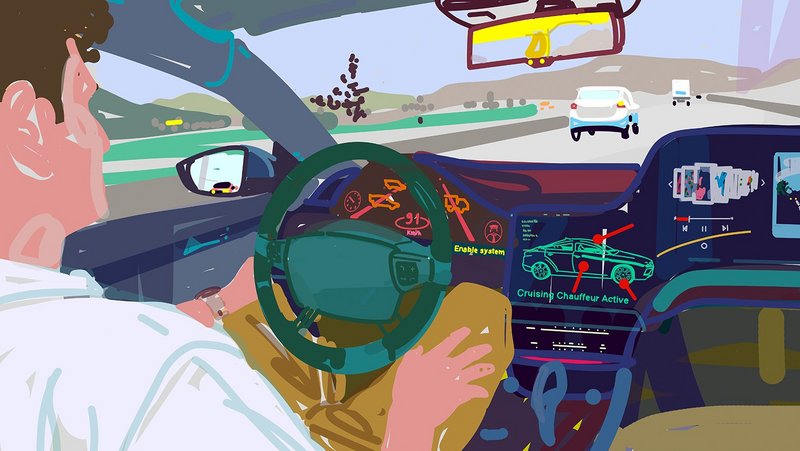
A better quality of life – automatically
Online shopping is becoming increasingly popular. While e-commerce sales among end consumers 20 years ago was €1.1 billion, it will according to Statista (the online statistics portal) already be €58.5 billion this year – and rising. The global growth of e-commerce and urbanization is followed by a great demand for automated delivery. At the Consumer Electronics Show in early 2019 in Las Vegas, Continental showed how seamless delivery of goods with driverless vehicles and delivery robots can be achieved.
The postal robot is here
The combination of a driverless vehicle – in this case, the CUbE (Continental Urban Mobility Experience) test vehicle – with delivery robots allows goods to be distributed particularly efficiently. As an autonomous electrified vehicle, the CUbE can also be used as a pioneering solution for urban “last mile” mobility – i.e. for the last section of the transport route of goods to the recipient’s front door. In the networked city of the future, driverless vehicles like these will be regarded as a key element of future mobility concepts because they can be deployed almost around the clock. Many deliveries are made during the day to mailboxes when most people are at work, at school or elsewhere. Robo-taxis equipped with delivery robots can be deployed for these delivery journeys outside peak times.
© Continental AG
Punctual delivery guaranteed
Whether food, building materials, furniture or fashion – the majority of goods get to consumers on wheels. Here, intelligent tire management contributes to the safe and reliable delivery of goods: Networking via ContiConnect™ helps to avoid dangerous punctures, expensive repairs and the creeping loss of air pressure, which, in turn, leads to excessive fuel consumption. Sensors inside the tire, which are networked with a measuring unit in the vehicle and a measuring station on the company premises, report the vehicle’s tire data via a web portal. If the values deviate from the target state, the system immediately informs the driver and freight company by text message or e-mail. With the security of continuously monitored tires, drivers are safer on the road, while freight companies and fleet managers can reduce their mobility costs.

Industry 4.0, smart industry, artificial intelligence: The buzzwords of the hour have long been shaping today’s solutions. Digital technologies enable the automation of key industries and industrial infrastructure. This results in processes that are more agile all-round – even off the road.
Continuous efficiency
Without conveyor belts, many an ambitious building project would fail, like, for example, one of Sweden’s largest infrastructure projects, the “Förbifart Stockholm,” a megatunnel designed to relieve traffic congestion in Europe’s fastest growing metropolis. For years, Continental solutions have been ensuring the smooth transport of enormous quantities of rubble here. Up to 12,000 metric tons of the total of 5.5 million metric tons of calculated rubble reach the Jehander quarry every day, where it is processed into concrete for road construction, for example.
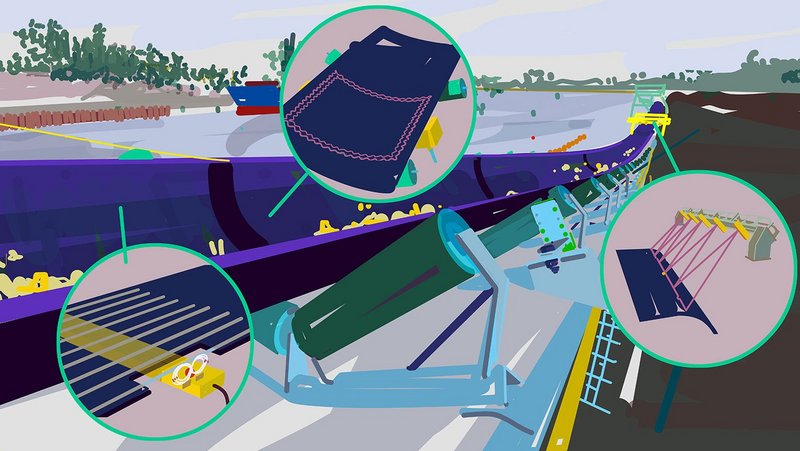
Network of innovators
Just as the systems in the vehicle network, so too do the creators of future mobility: Technological knowhow and diverse expertise come together in strong partnerships from the worlds of industry and science, which at first glance appear to be very different. Different industries benefit from each other. Three of Continental’s partners are presented here as representatives of the extensive network.
Artificial intelligence for self-driving vehicles with NVIDIA
Continental and NVIDIA began working together in 2018. Their goal is the joint development of artificial intelligence (AI) for self-driving vehicles through to completely self-driving functions in which the vehicle has neither a steering wheel nor pedals. The market launch of functions related to highly automated driving, in which the driver can in certain situations already concentrate on things other than driving, is planned for 2021.
The human brain as a role model
The NVIDIA DRIVE Xavier is capable of 30 trillion operations per second while consuming only 30 watts of power. This unprecedented level of performance allows the large amounts of data required for controlling a self-driving vehicle to be processed. This is usually achieved using artificial neural networks. These are programs that imitate the functions of the human brain and approximate the nervous system of a living being – for example, when recording the vehicle’s surroundings or understanding the environment, but also when locating the vehicle on a map, calculating vehicle dynamics or predicting the position and behavior of other objects.
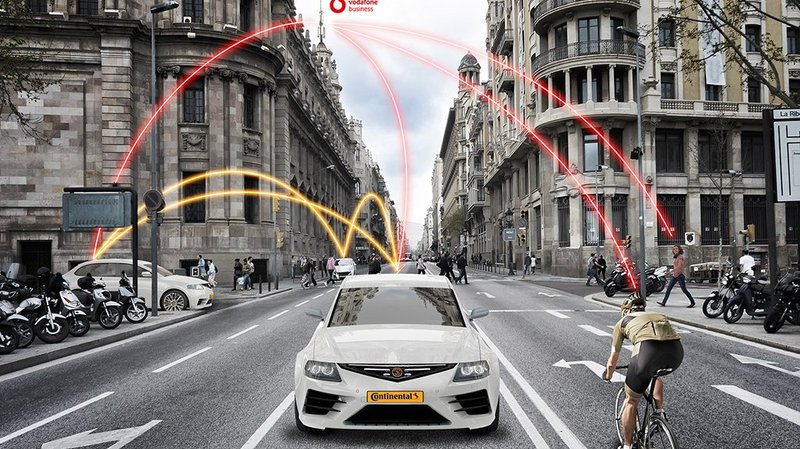
Partnership with Vodafone for more security
How can thousands of accidents be prevented every year? And how can we protect more vulnerable road users in particular? According to current figures from the German Federal Statistical Office, for example, a quarter of the road deaths recorded in Germany were cyclists and pedestrians – more than 30 of them were cyclists who died as a result of a collision with turning trucks or buses. Here, better networking can help to enhance safety. At the Mobile World Congress in early 2019 in Barcelona, Continental and telecommunications group Vodafone presented the initial results of their innovation partnership aimed at addressing this issue. State-of-the-art communication technologies such as 5G, cellular vehicle-to-everything (C-V2X) and mobile edge computing will help to protect all road users more effectively. 5G-readiness will be tested under real-life conditions at Vodafone’s 5G Mobility Lab in Aldenhoven – an initial series production launch aimed at significantly increasing road safety based on these technologies is planned for 2020.
Faster neural networks with Berkeley DeepDrive
Continental’s international network for artificial intelligence has for some time now included Silicon Valley. To this end, a five-year contract has been signed with the multidisciplinary AI research center, Berkeley DeepDrive (BDD), at the University of California. The collaboration focuses on the optimization of the speed of neural networks in cars and more effective tests for the reliability of AI systems, for example. The results from this AI research should find their way into series production as quickly as possible.
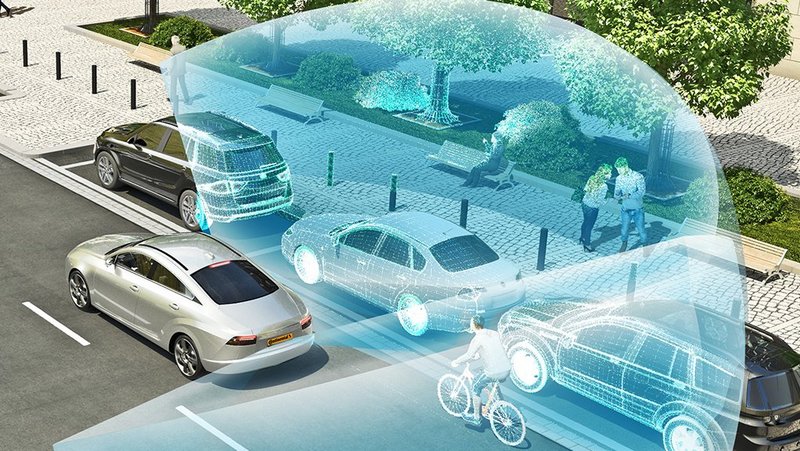
Like Berkeley DeepDrive, Continental also aims to be at the international forefront of the AI revolution. We can drive mobility forward much faster together than separately.
Understanding how vehicles are learning to think
Berkeley DeepDrive focuses on state-of-the-art technologies for machine vision and learning in automotive applications. A key aspect of the scientists’ work focuses on explainable AI, which is intended to explain how dynamic and non-linearly programmed systems such as artificial neural networks or evolutionary algorithms come up with results and make decisions.
Click here for information about networking and the mobility of the future at Continental.


